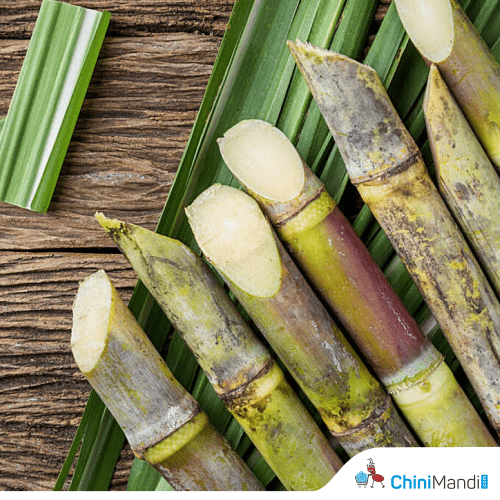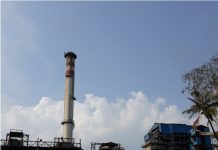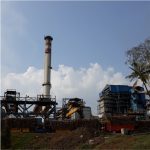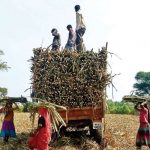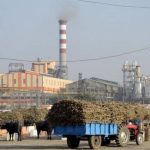Vietnam’s sugarcane industry finally received the long-overdue blossom in the year 2024, having earlier faced several years of hardship after sugar smuggling had become part of its struggles to become successful on weak competitiveness, reported Tuiotre News.
About 175,000 hectares of farm area for sugarcane plantations helped to provide for the crop of 2023-24 crop, cited by the Vietnam Sugarcane and Sugar Association, which reported the output at 6.79 metric tons per hectare.
Locality farmers in Phu Yen Province are getting a particularly great deal as there are said to be record levels of sales by those growing sugarcane in south-central Vietnam. Other areas throughout the central and Central Highlands regions are going through similar price shockwaves.
Farmer Nguyen Thi Ly of the Gia Lai Central Highlands province said that her family had VND68 million ($2,764) in earnings per hectare of sugarcane this season. Prices climbed as high as VND1 million ($40.7) per metric ton this year, but for 2024 they are slated to jump to VND1.2 million ($48.8) per metric ton.
Vietnam’s sugarcane prices are now on par with or even higher than those in neighbouring countries. A representative from AgriS Gia Lai, a local agriculture company, highlighted that farmers are closely connected with sugar mills and are producing high-quality sugarcane varieties. Some farms are yielding as much as 130-140 metric tons per hectare this year, an increase of 10-15 metric tons compared to previous years.
Cao Anh Duong, head of the Sugarcane Research Institute, attributed the strong yield to favourable weather conditions this year. In contrast, Thailand’s sugarcane crop has suffered from the effects of El Niño, which caused severe weather disruptions. Vietnam’s 2021 decision to impose trade protection measures on imported sugar has also helped keep domestic prices high.
However, despite this growth, the sugarcane industry faces ongoing challenges. Ensuring fair connections between farmers and sugar mills while protecting the interests of both is a key concern. In provinces like Cao Bang, Ha Giang, and Tay Ninh, some farmers are selling their sugarcane to traders for export to China, where prices are 1.5 to 2 times higher than in Vietnam.
More than 30,000 metric tons of sugarcane from the 2023-24 crop—representing 20 per cent of Cao Bang’s total output—have already been exported to China, with experts predicting an increase in exports next year. However, this has sparked concerns. “Private traders are setting up purchasing stations, creating unfair competition and disrupting local markets,” explained a representative from Cao Bang Sugar JSC.
There are also concerns about the influx of high fructose corn syrup (HFCS) imports. In 2023, Vietnam imported 230,000 metric tons of HFCS, according to the Vietnam Sugarcane and Sugar Association. To address this, the association has proposed taxes on sugary drinks and beverages containing HFCS, with suggested rates of 10 per cent and 20 per cent, respectively.
As Vietnam’s sugarcane industry continues to grow, experts stress the importance of government oversight and clear regulations to protect the supply chain and ensure long-term sustainability.

